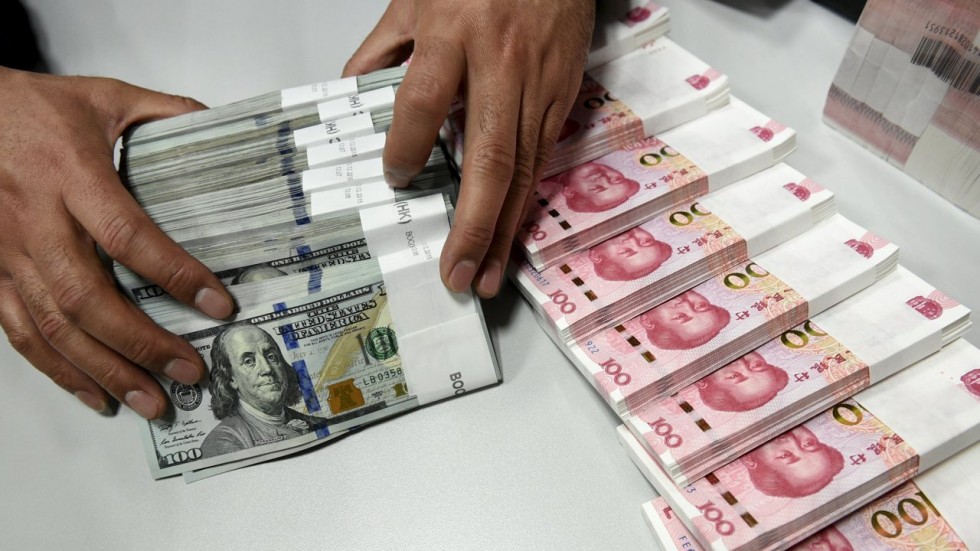Banking Sector
China’s Central Bank Unleashes Largest Liquidity Injection Since 2020 to Bolster Economy

China’s central bank, the People’s Bank of China (PBOC), executed its most substantial medium-term liquidity injection since December 2020, injecting a net 289 billion yuan ($39.6 billion) into the financial system via a one-year policy loan.
The injection, which maintains the interest rate at 2.5%, was undertaken to combat an economic slowdown marked by weakened consumer demand and a shortfall in loans.
The central government, along with local authorities, has intensified debt sales to fund stimulus programs, leading to an increased demand for liquidity within the financial system.
Zhaopeng Xing, senior China strategist at Australia & New Zealand Banking Group Ltd, explained that this cash injection was aimed at “offsetting the demand from government bond supply this week” and anticipates that tight liquidity could ease in the latter half of October.
This action by the PBOC coincides with Beijing’s consideration of a new round of stimulus measures aimed at achieving the official annual growth target of around 5%.
Despite a surprising halt in consumer inflation rates last month, positive indicators such as increased exports have hinted at a potential moderation of the economic slowdown.
PBOC’s Governor, Pan Gongsheng, has assured a multifaceted approach to monetary policy, emphasizing both aggregate and structural tools to ensure sustainable growth while maintaining a reasonable pace of expansion.
This policy shift has garnered the attention of financial institutions worldwide, with several institutions, including Citigroup Inc. and JPMorgan Chase & Co., revising their targets for China’s economic growth upward after recent improvements in various economic indicators.